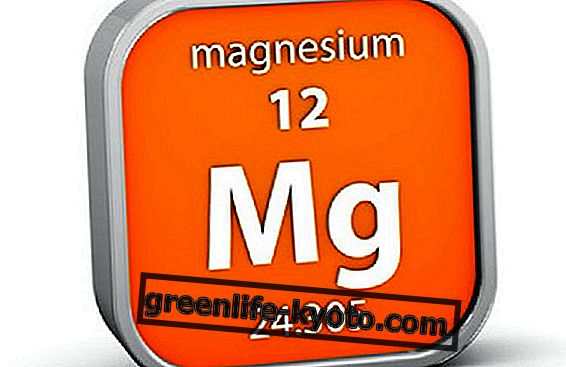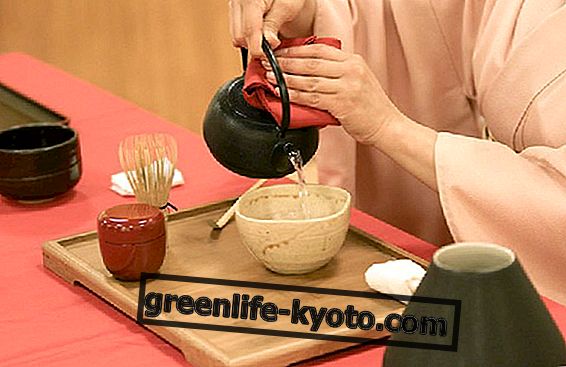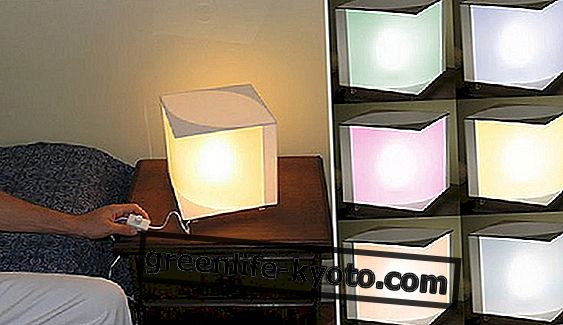
If we talk about cranial sacral techniques we find ourselves in the osteopathic field, even if then a distinction has been made between cranial osteopathy operated by professional osteopaths and cranial sacral therapy implemented by cranial sacral therapists. Here we use the term "massage" a little improperly, but it is only to make everyone understand better what it is.
We owe to Dr. William Sutherland the intuition of the presence of a "breath" of the cranial bones, through the observation of the sphenoid, inlaid as the scales of a fish, which made him think of a movement of expansion, of breath of the skull.
Years after this brilliant observation, the Primary Respiratory Mechanism has been identified which involves the cerebrospinal fluid, the brain, the marrow, the bones of the skull and the sacrum, a rhythmic correspondence of the mobilization of the parts.
The sacral skull technique
First of all we always look for accredited operators, experienced osteopaths who know the neuronal anatomy, the interactions of the skull and the pelvis.
The technique is given by manipulations of the skull, vertebral column and pelvis in an extremely delicate manner, calibrated on the micromovements of the parts according to the primary respiratory rhythm. The stress of the cerebrospinal fluid transmits impulses to the Central Nervous System. It is so delicate that it can also be applied in the pediatric field for the harmonization of the newborn.
How does this complex connection work? The skull and some of its parts are the actors of this functionality: the Dura Madre is a fibrous membrane which, together with the Pious Mother and the Arachnoid, nourishes the external part of the brain, covers it, descends along the spinal column, surrounds the marrow spinal, nerve portions, and get to cover the last coccygeal vertebra.
In this path the cerebrospinal fluid starts from the skull up to the sacrum and other districts are also affected: the circulatory system, the lymphatic system, the nervous system, the endocrine and respiratory system.
The treatment can last from 40 to 60 minutes and consists of a gentle mobilization of the cranial sacral parts which tend to remain contracted due to muscular tension, stress, myalgia.
Indications of Craniosacral Treatment
The cranial sacral treatment can be applied for many problems both of physiological and psychosomatic origin.
First of all, it is a relaxing treatment and many pathologies linked to forms of stress benefit from it.
> Sleep disorders, hyperactivity, difficult breathing, nervous asthma;
> disorders due to incorrect postures involving the spine, chronic or even articular pain respond positively to cranial sacral treatment, lumbago, sciatica, ;
> endocrine dysfunction, gynecological and visceral disorders;
> digestive difficulties, due to stress, anxiety;
> disorders affecting the cardiorespiratory system.













